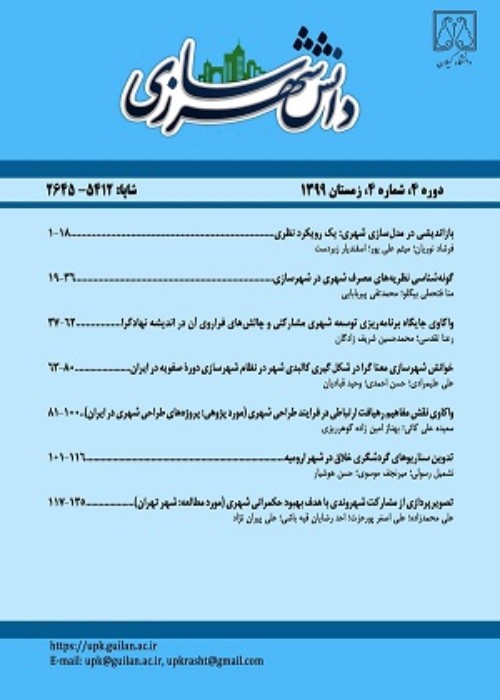An Inquiry into Dystopia in the Qur’an and Its Comparison with Fārābī’s Astray, Ignorant, and Vicious Cities as well as the Contemporary City
Since long time ago, theoreticians and intellectuals of urban and non-urban fields have concerned themselves with providing outlines and portraits of, and thoughts about, utopia. In principle when it comes to utopia, everyone complains about the status quo, looks for a solution under utopia so as to improve the situation, and provides an imaginary or actual outline of utopian features. There are very few people, nevertheless, who provide an outline of dystopia in order to give an indirect account of the features of utopia.
In this paper, my goal is to consider the Quranic dystopia so as to find out more about the features of Quranic utopia.
In my inquiry into the concept of Quranic utopia in this paper, I have deployed a reverse method; that is, I unearth the features of utopia via those of dystopia. In my references to the Qur’an as the main source of the research, I have deployed an exegetical-interpretational method relying mainly on al-Mīzān in order to understand Quranic verses.
In this research, I have identified four city-related concepts in the Qur’an: balad, qarya, madīna, and miṣr. The word, qarya, is synonymous with dystopia, and balad denotes utopia, and by considering them together, we can account for Quranic utopia.
Qarya or the Quranic dystopia is a city whose people are not believers—they do not believe in God, the day of resurrection, the prophethood of prophets, and the imamate of the Imams, and do not do righteous actions. They are obstinate and vicious, they are deniers, polytheists, unbelievers, and oppressors. These are people who seek more pleasure, more wealth, unlimited freedom, greater domination, more general praise, and in a word, they love this world and seek no goals except the enjoyment of this world. When the Qur’an deals with the features of dystopia, it is mainly concerned with lifestyles, beliefs, moral attitudes, and conducts of people of “town” (qarya) and its rulers, and rarely does it deal with anatomical features thereof.
Features enumerated by Fārābī for his dystopias are compatible with those of the Quranic dystopia. Moreover, through a comparison between contemporary cities and Quranic dystopias, I conclude that contemporary cities are in a regressive direction towards qarya.
- حق عضویت دریافتی صرف حمایت از نشریات عضو و نگهداری، تکمیل و توسعه مگیران میشود.
- پرداخت حق اشتراک و دانلود مقالات اجازه بازنشر آن در سایر رسانههای چاپی و دیجیتال را به کاربر نمیدهد.


